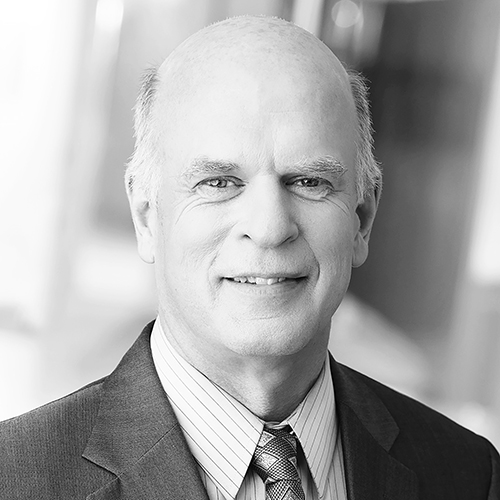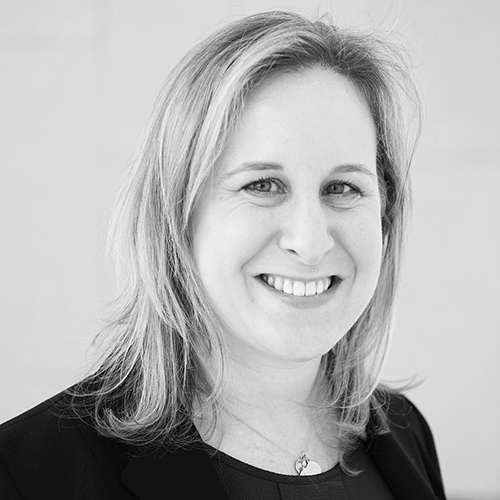Modern Counsel: What prepared you to work in such a fast-paced and competitive industry?
Tammy Brandt: The theme of my career involves combining business and legal deal-making. I’ve helped small start-ups grow and attract buyers and big companies move the lever and grow in exciting ways. I see myself as a tech-savvy, business-minded lawyer who can help companies get where they want to go.
MC: What set the stage for the two major transactions Computer Sciences Corporation (CSC) completed in 2015?
TB: Mike Lawrie stepped in as CEO in 2012 and had a clear vision to take the company to new heights by focusing on emerging technologies and targeting innovative companies. The transactions in 2015 were a critical part of the transformative journey that Mike set the company on beginning in 2012.
MC: The Fruition Partners deal is one of those companies. What about that business caught your eye?
TB: Sometimes we target just one or two companies, and other times we vet several at the same time. We saw in Fruition Partners a business that was well-run and built around providing services on the platform of one of our key strategic alliance partners. We acquired Fruition Partners because they had a strong foundation of skilled employees, and also to grow our cloud-based service-management business.
“My team always has to be ready for the next big deal, whenever it may come.”
MC: And Fixnetix? Why did CSC acquire it?
TB: Fixnetix was a different type of acquisition, but still strategic in that they had the best-in-class banking and financial-services business. Fixnetix has a managed service offering for capital market firms, offering front-office management trading solutions. We saw them as a great fit for our existing capital market business. CSC’s aim is to help our clients reduce costs through modernizations, so these two acquisitions fit in well with CSC’s vision and transformation.
MC: What was your role in making these deals?
TB: As our lead M&A lawyer, I worked with internal and external teams on most aspects of these deals, from due diligence through closing.
MC: How do you ensure you get that process right?
TB: You have to really look under the hood and understand the target company, its people, its finances, and its culture. Before you do the deal, you have to make sure there’s alignment between the target company and where CSC is going and make sure you focus on that important integration post-closing.
MC: Is that difficult?
TB: It can be, because we’re not just interested in the IP or contracts of a target company. We’re interested in the people. The chances of an acquisition not working are much higher if you’re not on the same page with the target company about the role of the people. In that case, you can lose a lot of value, especially when the target is a small company you are trying to integrate into a large, international organization.
MC: What drives post-merger success?
TB: Communication and good initial groundwork are key to integration success. The business owners at CSC take on much of the work in integration, but legal stays involved with certain issues around employees and contracts.
MC: What motivated CSC to work on a spin-off and merger with SRA International to create CSRA Inc. while these deals were being completed?
TB: The spin-off of the US public sector group will allow CSC to take one company and make it into two pure-play entities. Each new company can do what it does best, and CSC’s board of directors and management determined it was the best way for CSC to maximize shareholder value.
“We’re helping make business happen, and that’s what I’ve tried to do my whole career.”
MC: What is CSC set up to accomplish with its growth?
TB: CSC is undergoing a transformation that will help us keep growing as a major player in next-generation IT solutions and services. CSC operates in an environment that is very competitive and is a new normal, where technology gets adapted very quickly and these moves keep us relevant. Otherwise, we wouldn’t be here.
MC: How do you manage a team to effectively carry out these goals?
TB: I am fortunate to have a team of six lawyers that work with me and other key stakeholders within CSC to complete these M&A and strategic alliance transactions. Each of us on the team stays really close to the business, so we understand how different parts of the company work together. The goal of our team is to work quickly so we can close deals, integrate businesses, and move on to the next acquisition or alliance. It’s demanding, but exhilarating. We’re helping make business happen, and that’s what I’ve tried to do my whole career. For me, this is a perfect fit and the opportunity of a lifetime, to do so at a company going through such an important transformation.
MC: How do you keep your team motivated when the volume of work never seems to go down?
TB: These deals give all of us so many opportunities to develop skills across many areas and across the world. I tell my team to be open and excited about learning new things, as there always seem to be challenging projects in the pipeline for us to work on. Yes, it’s busy, but we have a great chance to help chart the course for this leading-edge company, and the work we do adds value. It matters.
MC: What’s next for CSC?
TB: I expect the dust to settle some after a flurry of activity later this year. We’ve done the heavy lifting to position CSC for growth, but now we have to execute. And my team always has to be ready for the next big deal—whenever it may come.
CSC’s Key Transactions
at a glance
Fruition Partners
Closing Date: September 2015
Purpose: Allows CSC to bring clients additional cloud-based solutions and expand offerings
Fixnetix
Closing Date: September 2015
Purpose: Closes a gap in CSC’s portfolio by bringing a broad scope of managed-services solutions to global capital markets firms
CSCGov Spinoff
Price/Terms: CSCGov assumed $2.7 billion in debt, including a $390 million cash payout to existing SRA International shareholders after SRA and CSC’s spinoff merged.
Closing Date: October 2015
Purpose: Creates two “pure play” companies, with one serving US public-sector clients and the other serving global commercial and governmental clients

